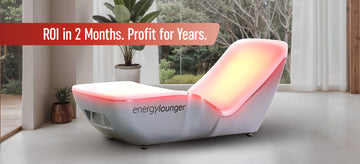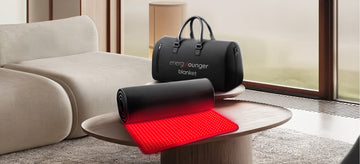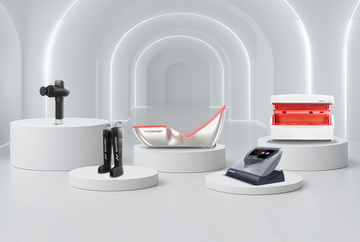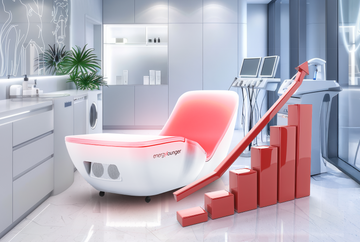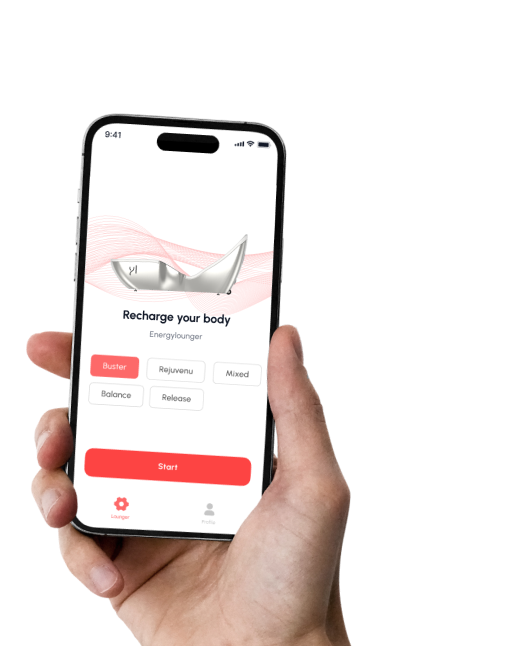Light Therapy for Depression and Sleep Problems

Light Therapy for Depression and Sleep Problems
Light therapy is a well-established treatment with rare side-effects that uses different kinds of light in order to treat various conditions. Successful application of light therapy requires knowing the principles of chronobiology, so that each regimen can be tailored individually.
In early 1980s, Norman Rosenthal started using light therapy in order to treat seasonal depression. Simple treatment that consisted of exposing the patient to a very bright light source for 30 minutes every day provided a success rate akin to commonly prescribed antidepressants. Today this therapy has a place in treating various psychiatric and sleep disorders.
Seasonal Affective Disorder (SAD)
Bright artificial light of at least 1500 lux has been used to treat certain forms of depression – particularly seasonal affective disorder. This treatment is originally based on the premise that seasonal affective disorder was a consequence of the short day length during wintertime; therefore bright light would mimic the day length of summer and improve the mood of the affected individual.
The mechanism for light therapy is in its effect on shifting circadian rhythm (24-hour internal clock that regulates sleep and other physiological processes). The application of bright light therapy (10 000 lux) in the morning advances circadian rhythms and overcomes the phase delay associated with seasonal affective disorder. The beneficial effects of the treatment can be seen as soon as two days after exposure.
Light therapy is usually conveyed via LEDs. Our EnergyLounger LED light bed units specializes in providing a revolutionary full-body red and near-infrared light therapy to promote relaxation, rejuvenation, and overall health and wellness.
Perinatal Depression
Perinatal depression is a common complication of childbearing which has increasingly been identified as an important public health problem. Growing literature suggests that postpartum depression can be seen as a variant of major depression that responds to antidepressant medication in a similar fashion.
Possible adverse effects of antidepressant medications on the breastfed newborn and logistical issues (such as expenses and childcare arrangements) that accompany psychotherapy have hampered the treatment of perinatal depression. Thus light therapy represents an attractive alternative due to its low cost, home-based application and no known risks to the fetus or nursing infant.
In new mothers, bright light treatment can provide a way to counteract insufficient levels of light exposure, pathological hormonal profiles (namely estrogen and progesterone levels), co-morbidities (such as sleep disturbances) and serotonergic dysregulation, which have all been linked to inadequate maternal behavior.
Sleep Disorders
Sleep disorders are one of the core symptoms in patients with depression. The link among them is so firm that some authors have suggested that, in the absence of sleep complaints, a diagnosis of depression should be made with caution.
Light therapy for circadian rhythm sleep disorders, i.e. in conditions where the sleep-wake cycle becomes misaligned and result in insomnia and fatigue, represents an effective treatment option. Exposure to bright light that is appropriately timed can shift the sleep-wake cycle to earlier or later times.
This kind of treatment has scientific grounding in laboratory studies that have established exquisite sensitivity of human circadian systems to bright light. The treatment is mediated by the activation of ocular photoreceptors; specialized retinal ganglion cells contain photopigment sensitive to blue light which projects directly to the circadian clock in the central nervous system.
In summary, light therapy effectively treats sleep disorders in a time-efficient manner, ensuring patients can easily adhere to the treatment. The overall outcome is highly positive.
